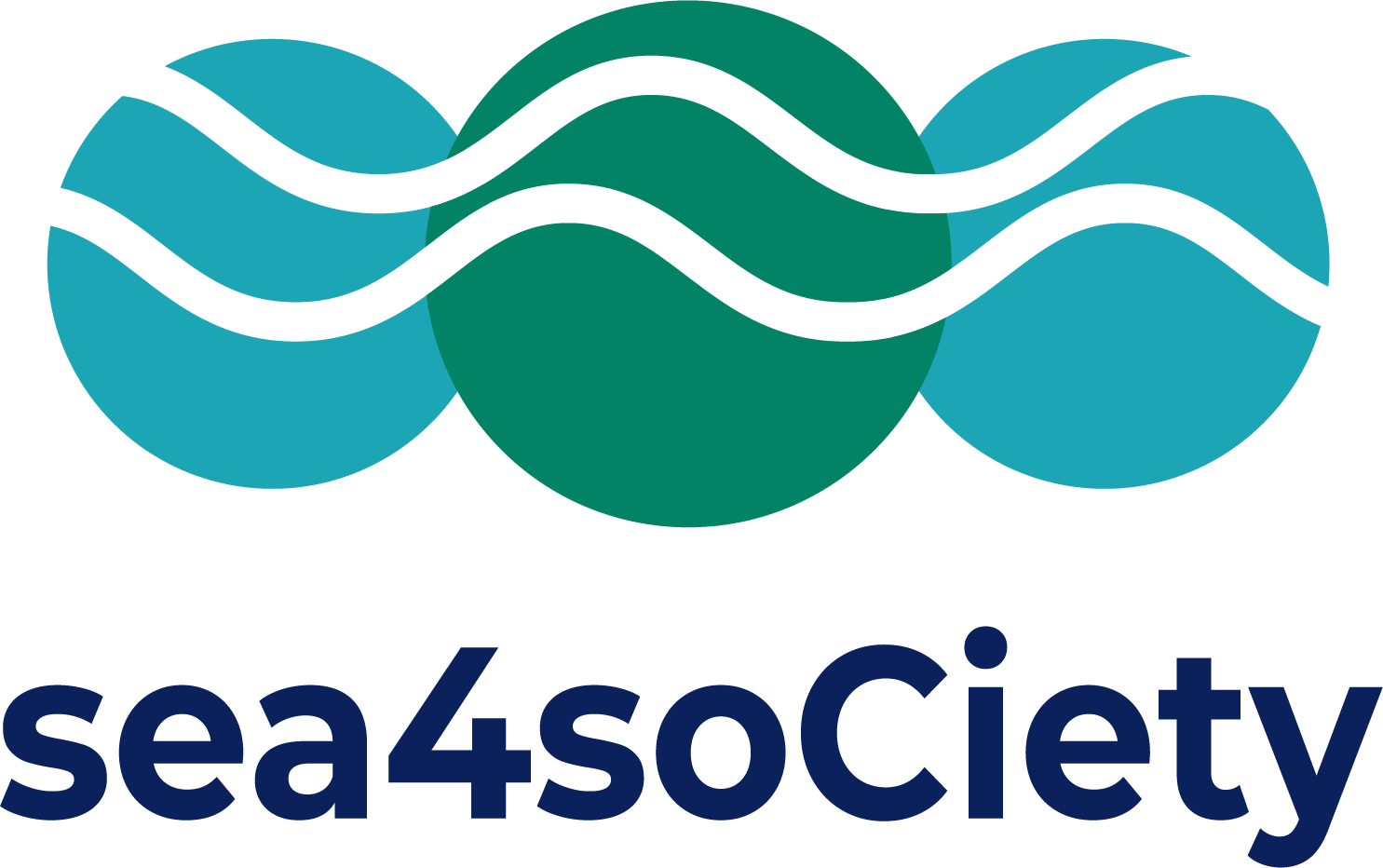WP1: Carbon sequestration and greenhouse gas emissions
WP1 determines for which coastal vegetated ecosystem types, a spatial expansion will gain the highest CO2 removal. The high value of coastal vegetated ecosystems for climate change mitigation results primarily from the long-term sequestration of organic carbon in their sediments. Carbon sequestration will therefore be quantified as the product of the sediment organic carbon density and its vertical accretion rate, using standard sediment-coring techniques, elemental analysis and a radiometric dating. The generation of powerful non- CO2 greenhouse gases (i.e. methane and nitrous oxide) in aquatic ecosystems has often been reported to offset carbon sequestration in terms of CO2 equivalents. However, the potential of non- CO2 greenhouse-gas emissions to offset carbon sequestration in coastal vegetated ecosystems is poorly understood and represents a key knowledge gap in “blue carbon” science. WP1 quantifies methane and nitrous oxide emissions parallel to carbon sequestration assessments and calculates the resulting reduction in climate cooling generated by carbon sequestration. Climate change represents a major threat to the stability of coastal vegetated ecosystems and needs to be considered when developing climate change mitigation strategies based on blue carbon. WP1 assesses the impact of climate change on carbon and greenhouse-gas fluxes in coastal vegetated ecosystems using an advanced mesocosm facility at AWI Sylt, facilitating multifactorial manipulations of atmospheric CO2, temperature and flooding regime. In addition, WP1 leverages a worldwide unique salt-marsh field warming experiment: the Marsh Ecosystem Response to Temperature Experiment operated by University Hamburg on the Wadden Sea coast. Combined these investigations shall elucidate the potential decarbonization benefit of expanding the areal coverage of coastal vegetated ecosystems in the coastal zone and generate the foundation for the recommendations given in WP7.
